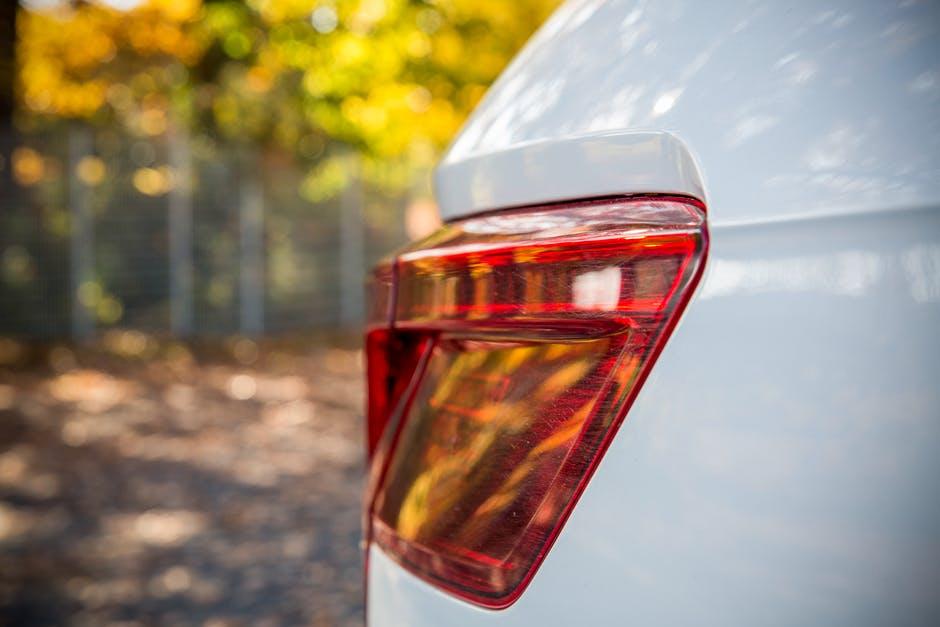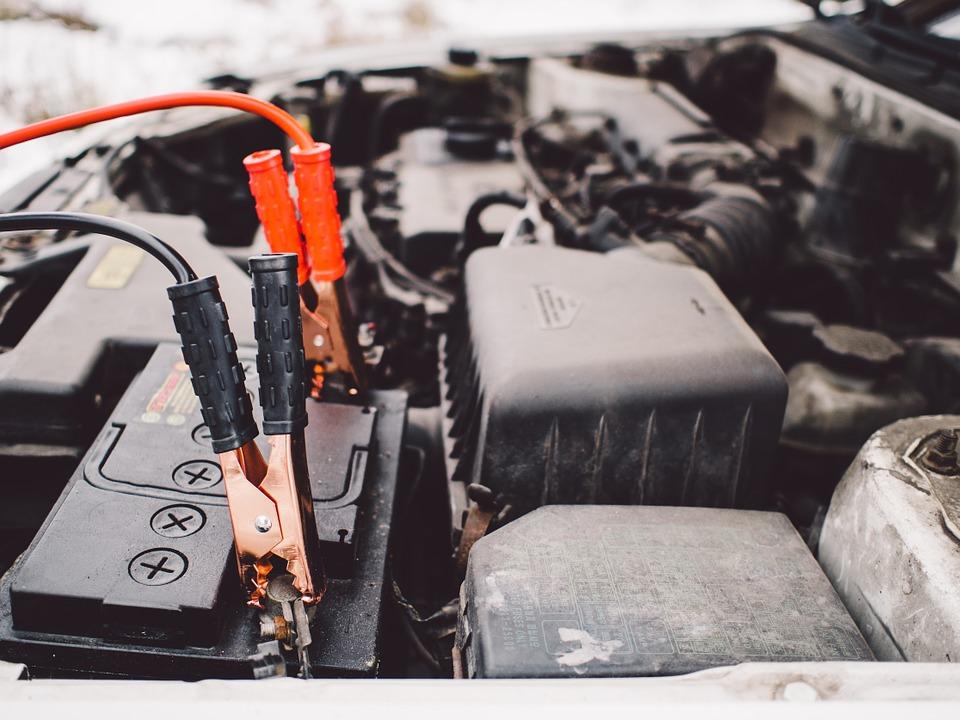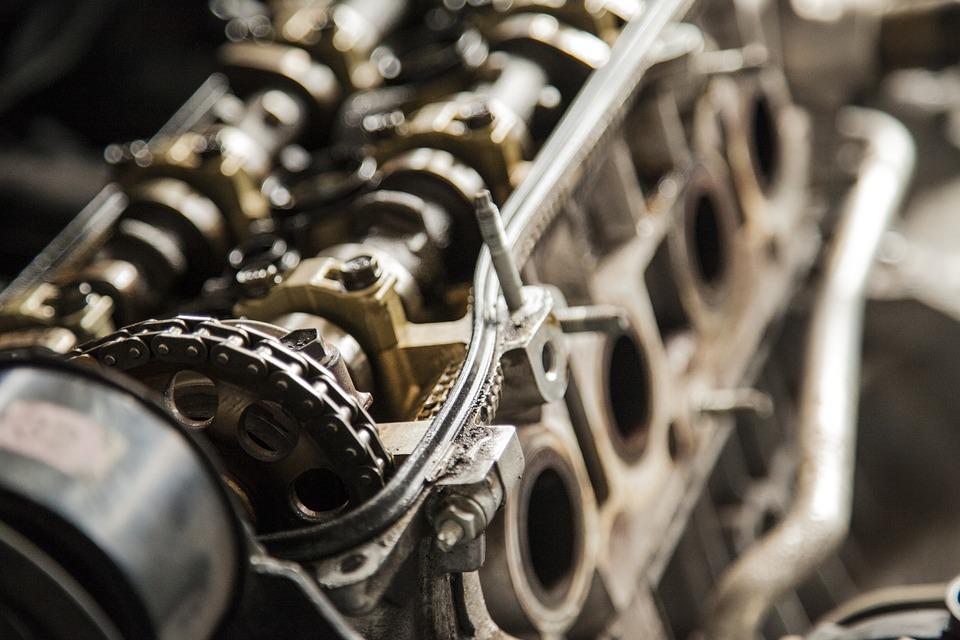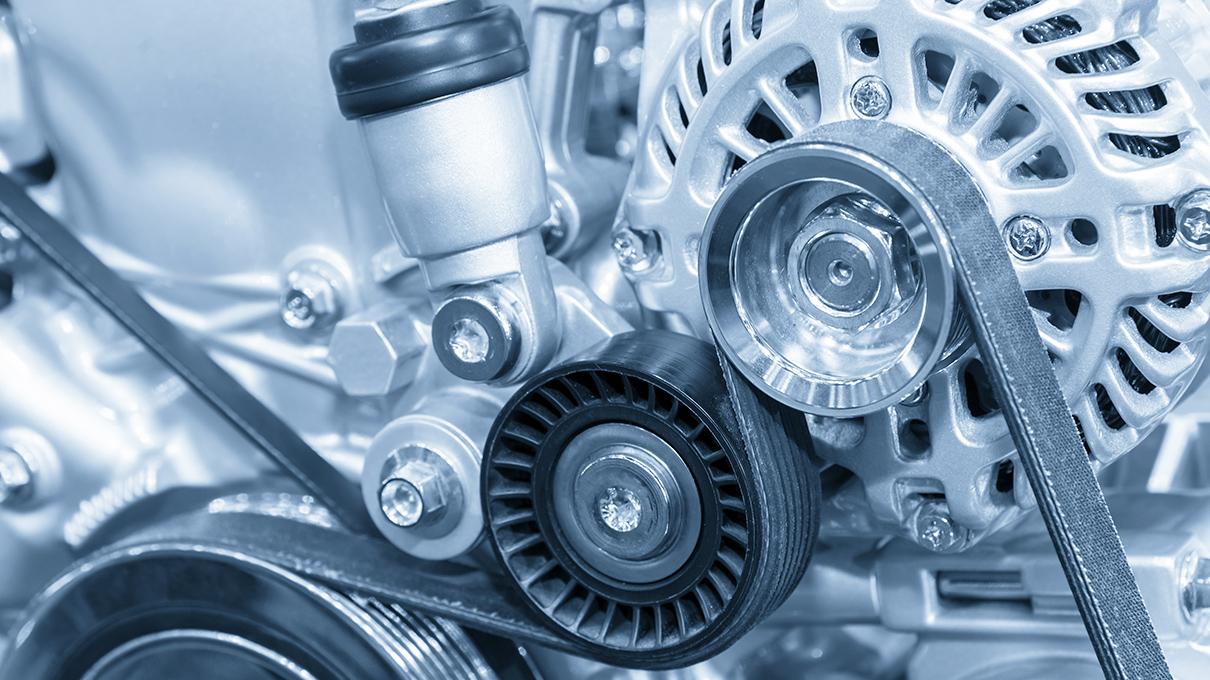The problems in the alternator or the charging system are quite common in the vehicle. Though they do not cause any immediate problem, it slowly degrades the car’s performance and thus causes some extremely serious consequences. To successfully fix these problems and to carry the alternator troubleshooting process, you must be aware of the symptoms and the various problems that can occur.
Contents
The Common Symptoms That Cause The Troubleshooting Alternator And Charging System Problems
The alternator and charging system problems are not just the problems in itself, but they also cause a number of problems to your vehicle. Yes, you read that right. The problem that you might think as a single problem can often be the root cause of many other car problems. The alternator problems and charging system problems can be identified with these symptoms:
1. The Indicator Light On
The first symptom that you can visualize is the indicator light on. The continuous on indicator lights is a clear indicator that for some reason your car’s indicator is charging the battery and your car is functioning on the battery power.

SEE MORE :
- The Procedure Of Jumpstarting A Car With A Bad Alternator
- Dealing With Alternator Bearing Noise? Here Is Everything You Would Want To Know
2. Cranky Engine
Due to the undercharged car’s battery, the engine will become cranky. It may be slow in the beginning but it will increase as time passes.
3. Battery Requiring Too Much Water
Your car’s battery will get heated frequently because of being overheated and thus will require more water to cool it down. If this problem is not solved soon using the alternator troubleshooting, it can also ruin the complete battery of the car.
4. Unbearable Noise
The bad alternator will also cause some unbearable noise from the car. It may not be loud in the beginning but will become loud if the problem is not taken care. During the initial phase, you may feel some vibrations instead of noises.
5. Dimmed Headlights
One of the common alternator voltage regulator failure symptoms
is the dimmed headlights. The dimmed headlights only indicate uncharged battery or a faulty alternator.
These are some of the problems or the symptoms that can be caused due to the alternator issues. Before you start with the solutions for these problems, you must first diagnose the different components that might be causing these alternator voltage regulator failure symptoms.
The sooner you find the faulty component that is causing the various alternator problems, it will be better for you as it will prevent the faulty component to ruin the functioning of the other components. Thus, this makes alternator troubleshooting a necessity.
The Possible Problems
Post the various alternator issues, these are some of the problems that can be faced in the alternator and charging system:
1. Undercharged Battery
If you have a car’s battery that is often undercharged, even with regular charging, then without a doubt there is some problem with the charging system. The charging system of the car may not be working as per the requirement of the car’s battery. This can also be related to as the problem like alternator not charging the battery but the alternator is good.

2. Overcharge Battery
Just like the undercharged battery, there can be the condition called an overcharged battery. As the charging system is not working properly and is causing a lot of fluctuations, the overcharged battery can be one of the issues in the alternator and charging point.
3. Engine Making Noise
The overcharged battery or the undercharged battery can also be the prime reason for the various noises caused in the car’s engine. The car may make troublesome noises, which may or may not be loud in the beginning but will eventually grow with time.

>> Looking for a high-quality used car from Japan, click here <<
4. Dim Lights
This is also a problem along with being the common symptom of the problem. The engine’s functioning gets fluctuating and the headlights get dimmed with the engine’s functioning.
5. Battery Not Getting Charged
This case is the clear case of alternator not charging the battery but the alternator is good. Even though the alternator is in its best form yet it is not charging the car’s battery at all.
Troubleshooting Alternator And Charging System Problems
To successfully do the troubleshooting, it is suggested to always carry your vehicle’s repair manual with you. This will help you to identify all the different wires and thus will make the alternator troubleshooting quite easy and convenient.
This information on the troubleshooting alternator and charging system problems will help you with the various aspects of identifying the various alternator voltage regulator failure symptoms along with the best and the most suitable alternator troubleshooting solution. Let us begin.
- Start the car’s engine and keep it idle for some time. Also, apply the parking brakes and then set the neutral transmission.
- The next thing that you can do is to apply system load by turning on the high beams, AC, wipers along with the other accessories of the car. Make sure that you are turning on all these together so that the load can be at its maximum. Along with this, you can also enhance the engine’s speed to 1500 RPM. However, the alternator voltage should not go over 100V as it can get dangerous.
- Make use of your voltmeter test leads and touch both the positive battery post and the B+ terminal connector.
- Post doing so; do observe the readings that you get. In the normal cases, you should get the readings as 0.2V or less than that. If you get 0.3V or higher readings, this indicates under-charging conditions.
- Repeat the step 3 but this time use the voltmeter test and touch the battery negative post and the alternator.
- After doing so, observe your readings once again. This time you must get the readings as 0.05V. But if you get your readings around 0.1V or more, then you must understand that there is a problem of overcharging battery.
Be it any case observed in the alternator troubleshooting, you must consider it serious and should get it repaired as soon as possible for experiencing car’s smooth functioning.



